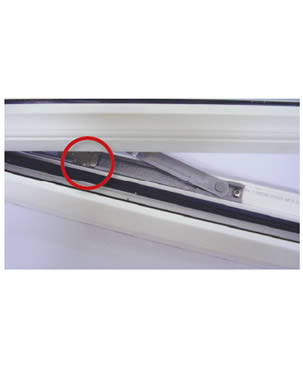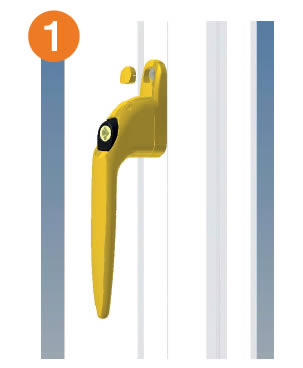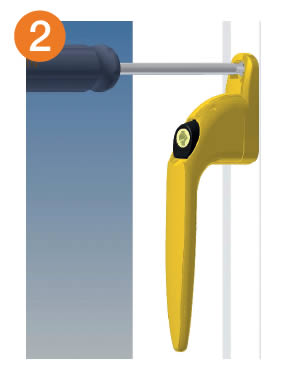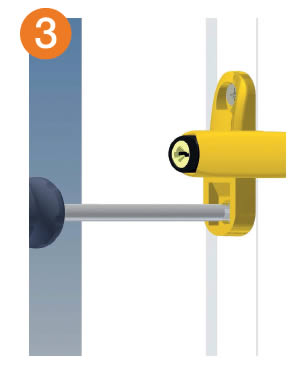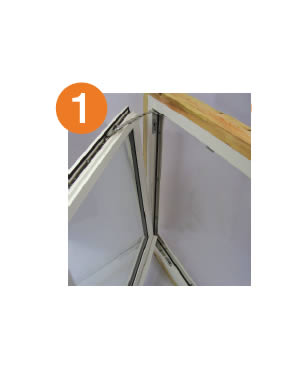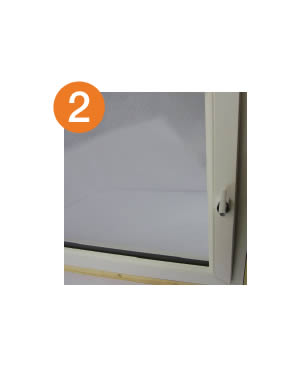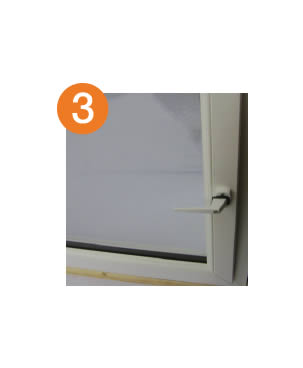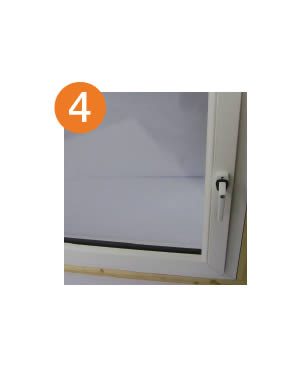Doors
Problems closing the door
Is the door almost closed?
- Check there is nothing in the frame preventing the door from closing.
- Make sure the handle is in the fully opened position before closing the door
Is the door failing to stay closed?
Open the door to check the locking gear operates when the handle is operated. To do this, move the handle to see if the hooks move. If they do not, Lubrication could help this.
Make sure that the white button (snib) is pushed downwards (where fitted).
Problems opening the door
- Check that the door is not locked.
The lock cylinder is stiff to operate
Lubricate the cylinder with lock graphite (or graphite pencil).
Apply this lubricant to the key only and work the key in and out of cylinder a few times. Never apply lubricant directly into the cylinder as this may cause the internal pins to stick. Do not use WD40® or other oils.

